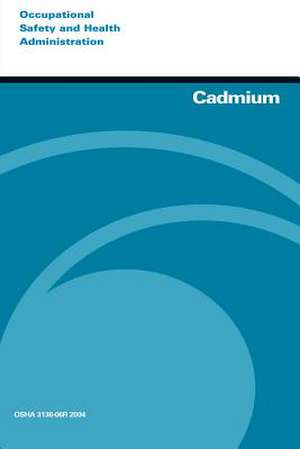Cadmium
Autor U. S. Department of Labor, Occupational Safety and Administrationen Limba Engleză Paperback
Toate formatele și edițiile
| Toate formatele și edițiile | Preț | Express |
|---|---|---|
| Paperback (2) | 66.43 lei 3-5 săpt. | |
| CREATESPACE – | 66.43 lei 3-5 săpt. | |
| CREATESPACE – | 80.19 lei 3-5 săpt. |
Preț: 66.43 lei
Nou
Puncte Express: 100
Preț estimativ în valută:
12.71€ • 13.72$ • 10.66£
12.71€ • 13.72$ • 10.66£
Carte disponibilă
Livrare economică 28 martie-11 aprilie
Preluare comenzi: 021 569.72.76
Specificații
ISBN-13: 9781496186751
ISBN-10: 1496186753
Pagini: 30
Dimensiuni: 152 x 229 x 2 mm
Greutate: 0.05 kg
Editura: CREATESPACE
ISBN-10: 1496186753
Pagini: 30
Dimensiuni: 152 x 229 x 2 mm
Greutate: 0.05 kg
Editura: CREATESPACE
